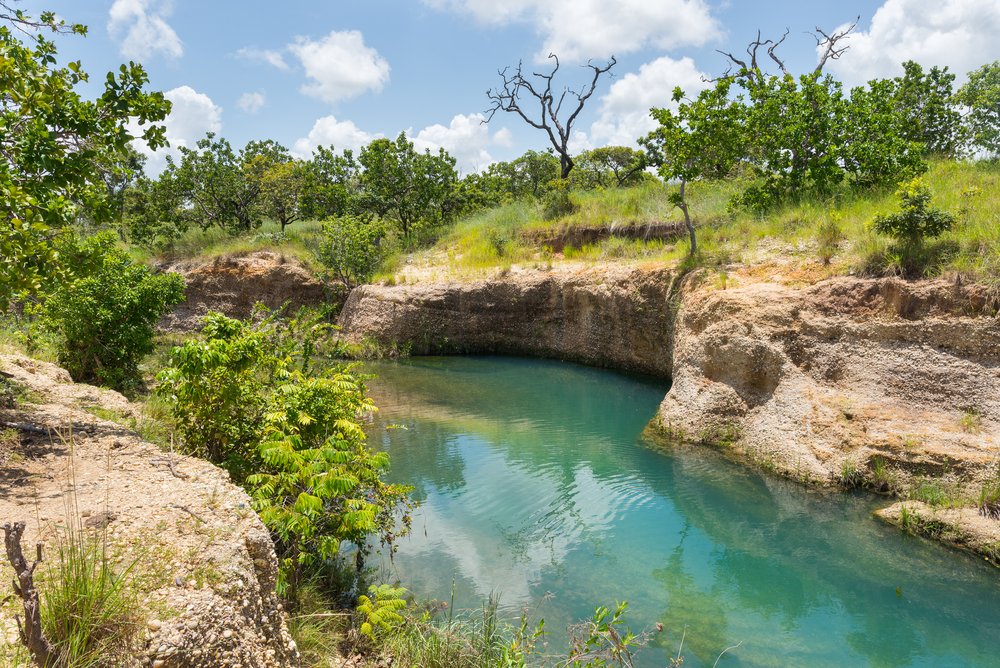Duida-Marahuaca Overview
Duida-Marahuaca National Park, known locally as Parque Nacional Duida-Marahuaca, is a protected area in the Amazonas state of Venezuela. Covering approximately 834 square miles (2,160 square kilometers), the park is located in the Guayana Highlands, a region known for its ancient tabletop mountains, or tepuis.
The park is named after its two most prominent tepuis, Cerro Duida and Cerro Marahuaca, both of which dominate the landscape with their imposing cliffs and unique ecosystems. The park is part of the vast Amazon rainforest and plays a crucial role in preserving the region’s biodiversity.
The terrain of Duida-Marahuaca National Park is characterized by dense tropical forests, rocky outcrops, and high-altitude plateaus. Cerro Duida, reaching approximately 4,035 feet (1,230 meters), is one of the most prominent features, while Cerro Marahuaca rises even higher to about 8,907 feet (2,715 meters).
These flat-topped mountains, known as tepuis, are considered some of the oldest geological formations on Earth. The park’s vegetation varies significantly with elevation, from dense lowland rainforests to cloud forests and unique montane vegetation on the summits of the tepuis. The flora includes a variety of endemic species, with carnivorous plants, orchids, and bromeliads thriving in the nutrient-poor soils of the highlands.
The park is home to a diverse range of wildlife, with numerous species that are unique to the tepui ecosystems. Among the mammals found in the park are jaguars, giant anteaters, tapirs, and various species of monkeys, including the red howler monkey and capuchins.
The birdlife is particularly notable, with the park serving as a refuge for rare and endemic species such as the tepui tinamou, the white-plumed antbird, and the Guianan cock-of-the-rock, known for its striking orange plumage. Amphibians and reptiles, including poison dart frogs and an array of lizards, are also abundant, especially in the humid rainforest areas.
Visitors to Duida-Marahuaca National Park are drawn to its untouched wilderness and remarkable landscapes. One of the primary attractions is the opportunity to explore the tepuis, though access is challenging and requires experienced guides. The region is home to indigenous Yanomami and Piaroa communities, whose cultural presence adds to the park’s rich heritage.
The park is not heavily developed for tourism, but adventurous travelers can engage in hiking, birdwatching, and scientific exploration. The rivers and waterfalls of the park provide opportunities for nature photography and immersive experiences in one of the most pristine environments in South America.
Conservation in Duida-Marahuaca National Park is both a challenge and a success story. The park is part of Venezuela’s national system of protected areas, helping to safeguard its unique ecosystems from deforestation and habitat destruction.
However, threats such as illegal mining, climate change, and encroaching human activity pose risks to its biodiversity. Efforts to protect the park are supported by indigenous communities, environmental organizations, and governmental agencies working to maintain the integrity of this critical habitat. The isolation of the park has helped preserve much of its natural beauty, making it a vital sanctuary for rare and endemic species.












































































